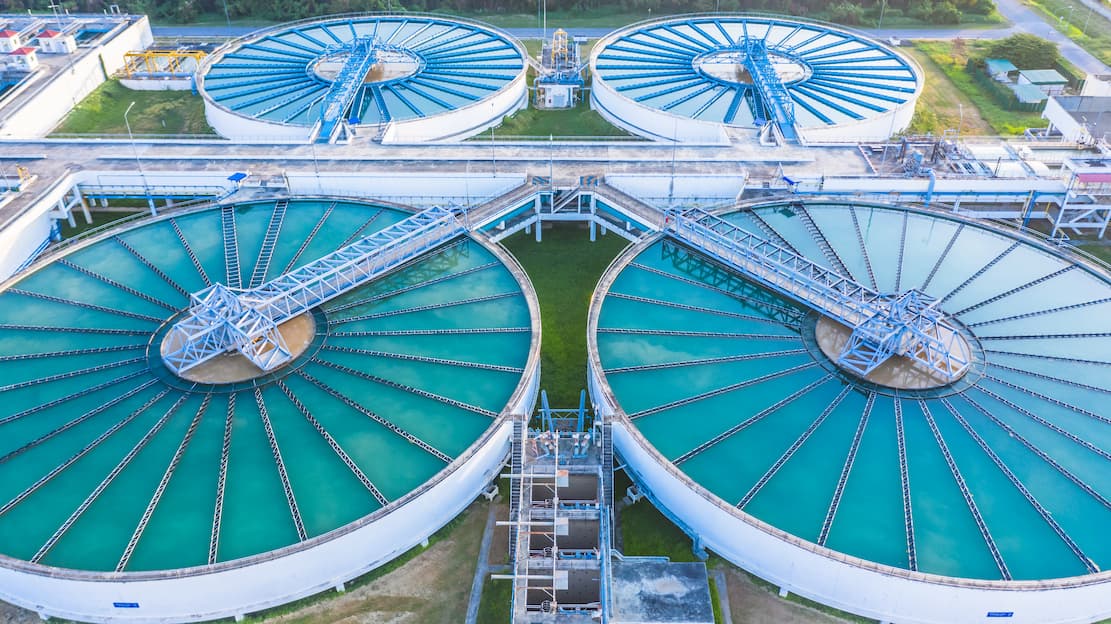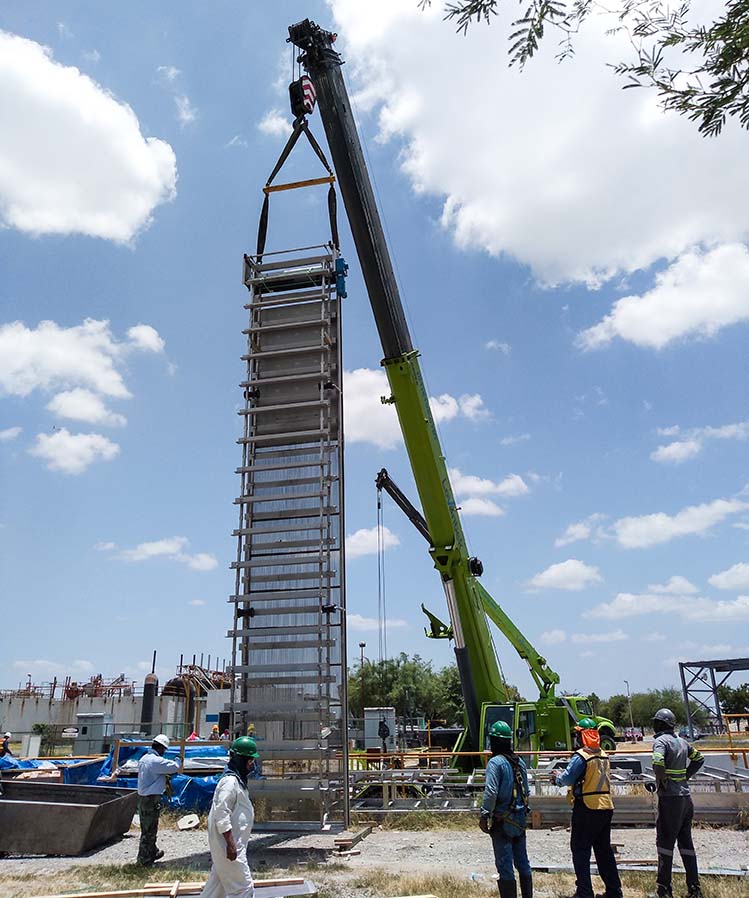
Monterrey is the capital and largest city in the northeastern Mexican state of Nuevo Léon, with a population of more than 5.3 million. The city and its surrounding areas are home to many of Mexico’s leading business and industrial enterprises, from petrochemical companies to beverage producers to technology companies. Servicios de Agua y Drenaje de Monterrey (SADM) provides complete water services to the entire population of the state of Nuevo León, including sewage collection, purification and treatment of wastewater, and distribution of treated drinking water.
A core SADM asset is the Dulces Nombres wastewater treatment plant. Built in 1996 and currently serving the municipalities of Monterrey, San Nicolás, Guadalupe, Santa Catarina, San Pedro Garza García and Juárez, the plant processes more than 7,500 liters per second (171 million gallons per day), making it one of the largest wastewater treatment plants in Latin America. Plant processes comprise pretreatment, primary settling, biological treatment via conventional aeration tank and disinfection.

The Problem
The flow entering the plant includes large amounts of fiber material that impacted the performance of downstream equipment, but large debris is an even bigger problem. The plant’s service area includes canals that carry a wide range of bulky objects to the plant—from vehicle tires and tree trunks to dead livestock.
The plant was equipped with two different types of influent screening systems. One system had vertical screens and a single articulating arm to sweep debris from the screen. The other system was a chain and sprocket bar screen with an axle in the bottom of the screen.
Large incoming debris frequently damaged these grids and caused blockages, disrupting plant operations. This required staff to enter the influent channel multiple times a week to clear debris or repair equipment. This was a hazardous confined space entry, as the deep and narrow (7 meters high by 2 meters wide) channel harbored dangerous hydrogen sulfide (H2S) gas.
The Solution
SADM evaluated several possible solutions, ultimately selecting an automated bar screen. Operators recognized the advantages of the design—rated at 60,000 pounds—because when large debris contacts the screen, the lower portion of the bar screen pivots out to accommodate the object and transfer it upward without causing a jam or requiring operator intervention. Tear-shaped bars provide 20% to 50% greater hydrodynamic efficiency than typical bar designs, and scrapers clean three sides of the bar, as well as cross members.
Dulces Nombres purchased four fine-screening units designed to remove solids larger than 1 centimeter (cm, 3/8 inch). The installed unit is 10 meters (32.8 feet) and 11 meters (36.1 feet) high, reaching to the bottom of the influent channel and is constructed of 304 stainless steel for long life and low maintenance.
The Results
After nearly a year of continuous operation, the bar screen has successfully addressed the plant’s requirements for efficient and safe operation.
The bar screen routinely removes in 10 days the amount of debris that would have been removed in a month using the old screen systems. Plant operators can modify the speed of the operation in response to varying influent flow and level. This helps optimize efficiency and reduce maintenance and wear and tear on components in contact with debris.
The bar screen effectively prevents solids larger than 1 cm from entering the pretreatment stage, protecting the vortex sand separators as well as downstream assets. In fact, since the bar screen was installed, plant processes have not been interrupted due to damage caused by debris.
This effective performance has meant plant operators have not had to enter the influent channel or other high-risk areas to clear blockages or perform repairs. The result is a safer workplace. By removing more debris, the bar screen has also dramatically improved the quality of the treated water.

